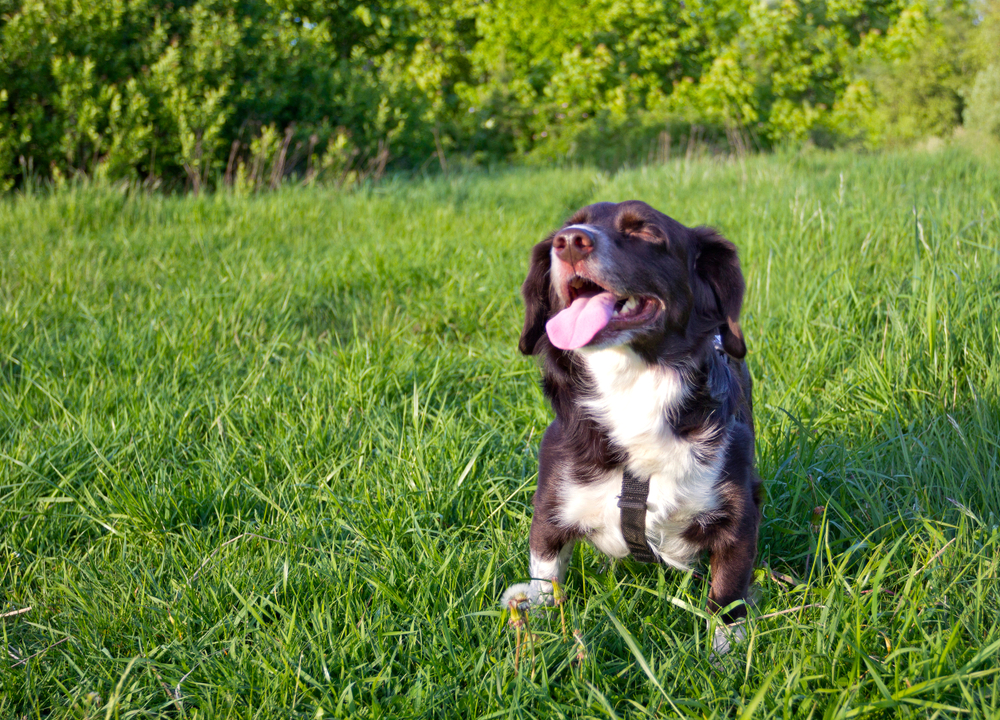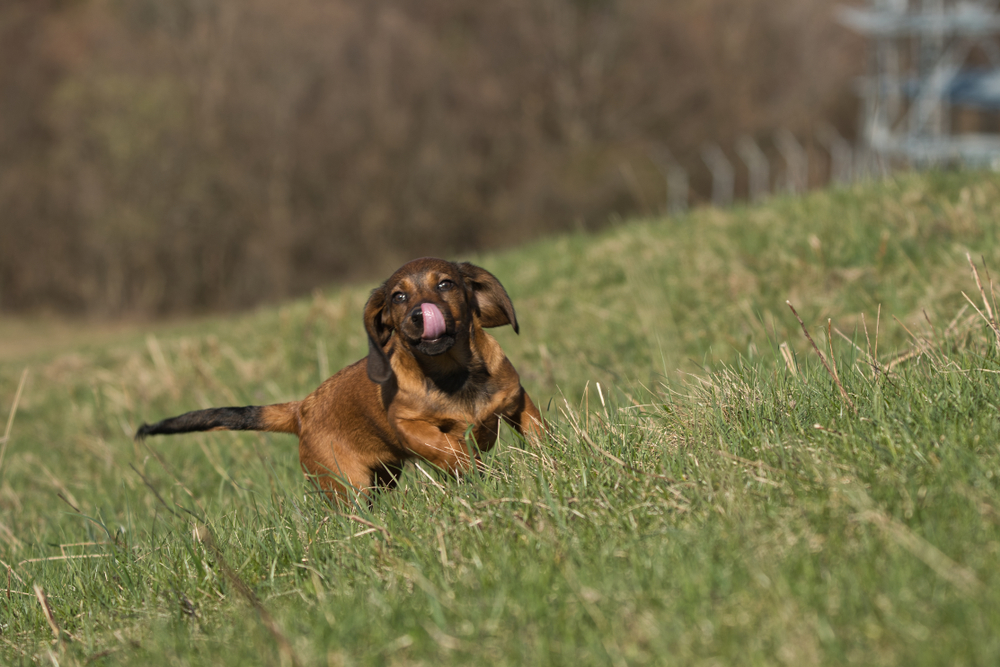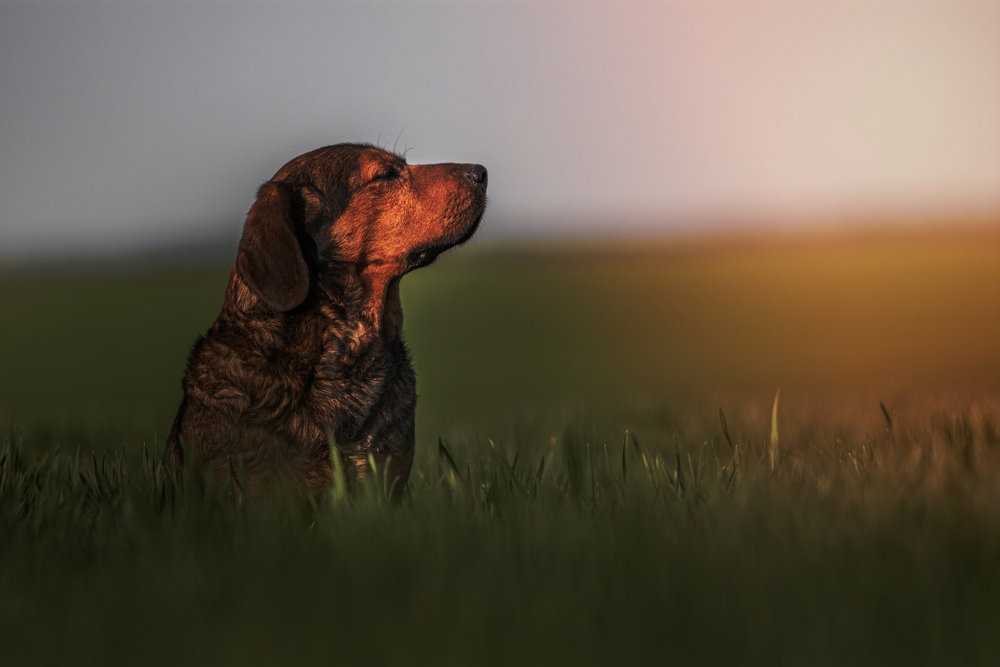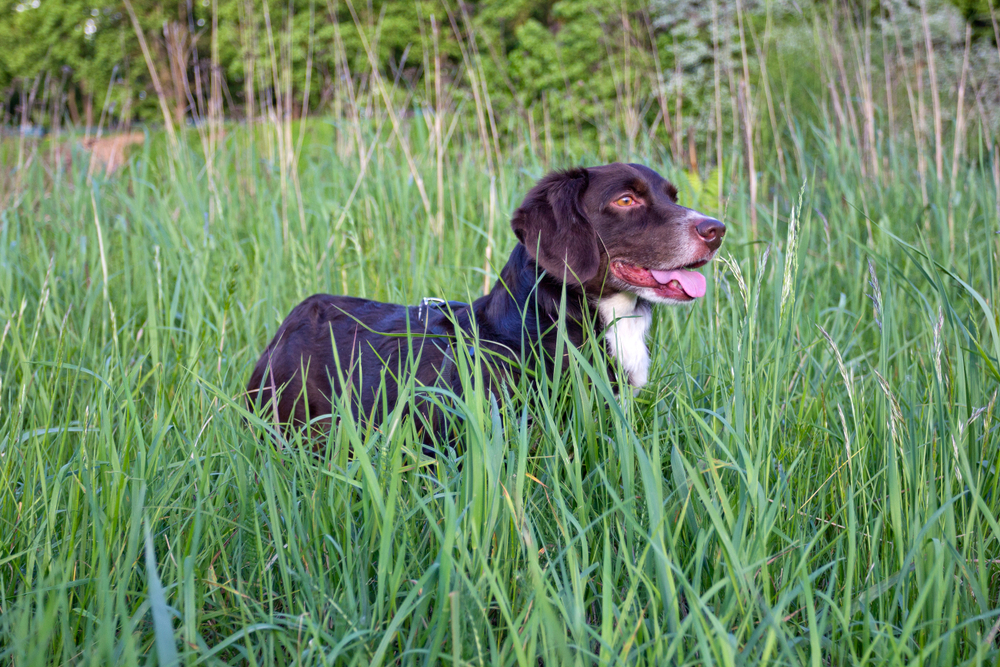The Influence of Lineage and Breeding on Alpine Dachsbracke Characteristics
Welcome to our comprehensive guide on the influence of lineage and breeding on Alpine Dachsbracke characteristics. We, at The Insider’s Views, have conducted extensive research to provide you with an in-depth understanding of how lineage and breeding impact the traits, temperament, and overall health of these remarkable hounds. If you are a dog enthusiast, breeder, or considering bringing an Alpine Dachsbracke into your life, this article is a must-read for you.

The Alpine Dachsbracke: A Brief Overview
Alpine Dachsbracke, also known as the Alpenländische Dachsbracke, is a breed of scent hound native to Austria. These dogs were originally developed for tracking game, particularly small animals like hare and fox, in the Alpine regions. They possess a keen sense of smell, excellent tracking abilities, and a sturdy, compact build that allows them to navigate through rugged terrains.


Understanding the Role of Lineage
The lineage of an Alpine Dachsbracke plays a significant role in determining its physical and behavioral traits. Responsible breeders focus on maintaining a purebred lineage to preserve the unique characteristics of the breed. Puppies with a well-documented lineage are more likely to possess the desirable qualities that define the Alpine Dachsbracke.
Lineage contributes to the dog’s physical attributes, including coat color, size, and structure. Moreover, it can influence temperament, intelligence, and trainability. Puppies from a lineage with a history of exceptional hunting and tracking skills are more likely to exhibit these qualities themselves.
Breeding Practices and Their Impact
The breeding practices employed by responsible breeders greatly influence the health and well-being of Alpine Dachsbracke dogs. Ethical breeders prioritize the health and genetic diversity of their breeding lines to reduce the risk of hereditary diseases and promote longevity.
1. Health Screening:
Reputable breeders ensure that their breeding dogs undergo comprehensive health screenings to identify any genetic health issues. Common tests include hip and elbow dysplasia, eye examinations, and DNA tests for specific hereditary conditions. By selecting breeding pairs with favorable health test results, breeders can work towards producing healthier litters.
2. Responsible Pairing:
Pairing two dogs with complementary traits and genetic backgrounds is essential for maintaining and improving the breed. By combining strong hunting abilities, intelligence, and a stable temperament, breeders can create a balanced and versatile Alpine Dachsbracke that excels both as a working dog and a loving companion.
3. Avoiding Overbreeding:
Responsible breeders are cautious about overbreeding their dogs, as this can lead to a decrease in genetic diversity and an increased risk of health issues. Thoughtful planning of litters allows breeders to maintain the breed’s integrity and ensure the well-being of the dogs.

Characteristics Shaped by Lineage and Breeding
The lineage and breeding practices significantly shape the characteristics of Alpine Dachsbracke dogs. Let’s delve into some of the key aspects affected by these factors:
1. Physical Traits:
Alpine Dachsbrackes typically have a medium-sized, muscular body with a distinctive, elongated head and expressive dark eyes. Their coat is dense and short, providing protection from harsh weather conditions. The colors may vary, but a well-defined saddle pattern on the back is a characteristic trait. Lineage and breeding play a vital role in maintaining these physical features.
2. Temperament:
An Alpine Dachsbracke’s temperament is influenced by its lineage and early socialization experiences. Dogs from reputable breeders are more likely to be confident, alert, and eager to please. Their hunting instincts are balanced with a friendly and affectionate nature, making them excellent family pets.
3. Trainability:
The trainability of Alpine Dachsbrackes varies based on their lineage and the breeder’s emphasis on positive reinforcement training methods. Dogs from well-established breeding lines tend to be highly trainable due to their intelligence and eagerness to learn.
4. Health and Longevity:
With responsible breeding practices and careful consideration of lineage, breeders can minimize the risk of hereditary diseases and promote the overall health and longevity of Alpine Dachsbracke dogs.
The Influence of Lineage and Breeding on Alpine Dachsbracke Characteristics
The influence of lineage and breeding on Alpine Dachsbracke characteristics cannot be underestimated. Responsible breeders who prioritize maintaining a purebred lineage and implementing ethical breeding practices contribute significantly to the preservation of this remarkable breed’s unique traits. The physical attributes, temperament, trainability, and overall health of Alpine Dachsbracke dogs are intricately tied to their lineage and breeding history.
